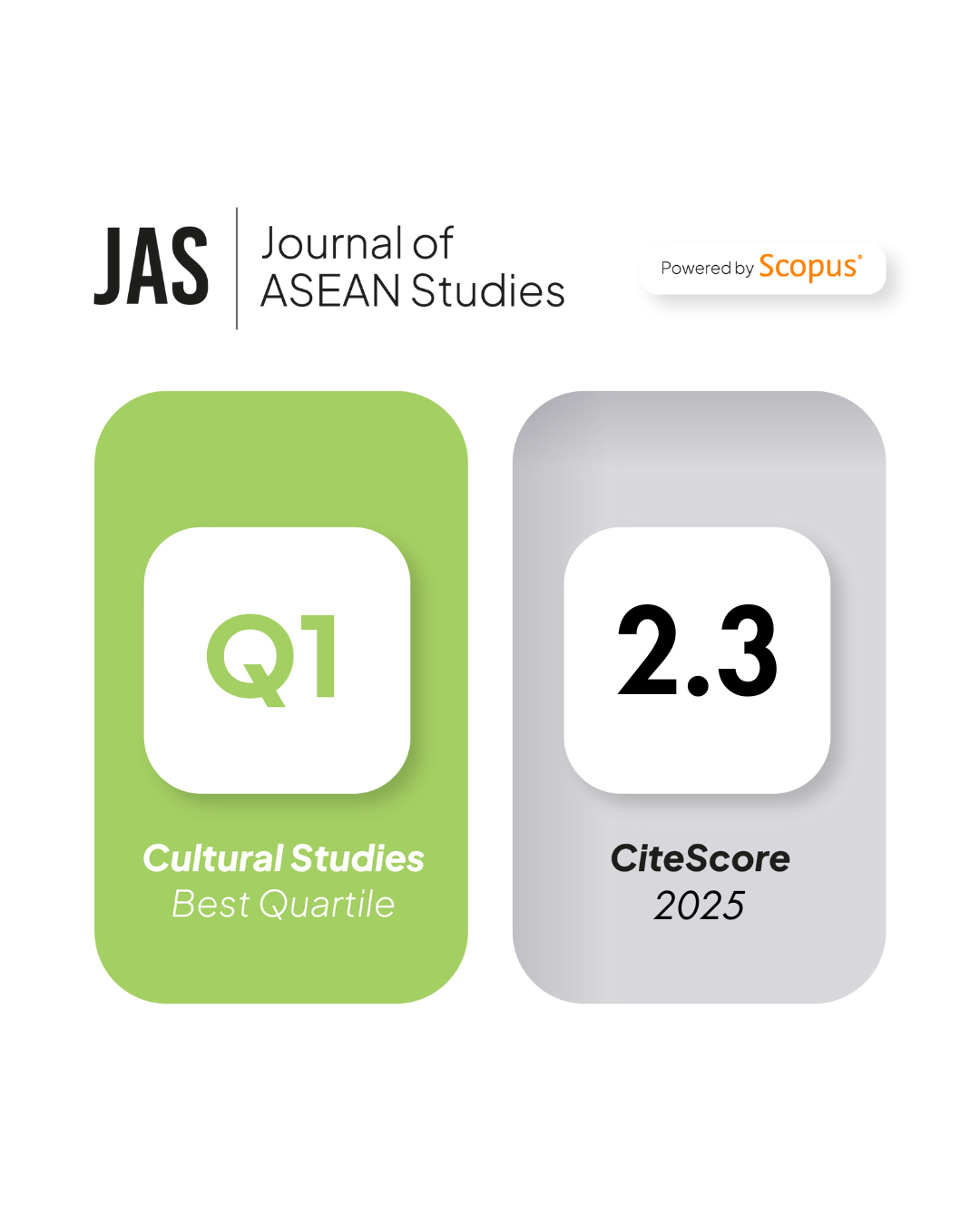A Spatial Analysis on International Remittances, Food Consumption and Deprivation in Indonesia
DOI:
https://doi.org/10.21512/jas.v3i1.752Keywords:
Remittances, Indonesia, Deprivation, Food ConsumptionAbstract
This paper aims to illustrate how international remittances may relate to food consumption and deprivation in Indonesia. The idea is that international remittances may contribute to the reduction of poverty, and since food consumption is an element with which to measure poverty line, this paper intends to show whether international remittances are more likely to be received by poorer households–based on food consumption level in the households. Using Geographic Information Systems (GIS) and the data from the Indonesia Family Life Survey (IFLS4), this paper illustrates the mapping of international remittances and food consumption in some of Indonesia’s provinces. The spatial analysis shows correlation between international remittances and food consumption. International remittances tend to be received by households who have less spending on food. The geographical pattern shows that international remittances are more likely to be received by poorer households based on their food consumption. The result to some extent supports the view that international remittances might benefit the poor the most, particularly on tackling poverty, as poorer households are more likely to receive the remittances.
References
Acosta, P., Calderon, C., Fajnzylber, P. and Lopez, H. (2006) ‘Remittances and Development in Latin America’, World Economy, 29 (7), 957-987.
Adams, Jr., R. and Cuecuecha, A. (2010) ‘The Economic Impact of International Remittances on Poverty and Household Consumption and Investment in Indonesia’, World Bank Policy Research Working Paper 5433, Washington, DC: World Bank.
Adams, Jr., R. and Page, J. (2005) ‘Do International Migration and Remittances Reduce Poverty in Developing Countries?’,World Development, 33 (10), 1645-1669.
Badan Pusat Statistik (2007) ‘Tingkat Kemiskinan di Indonesia Tahun 2007’, Berita Resmi Statistik, 38/07/Th. X, 2 July 2007.
Chrisman, N.R. (2003) Exploring Geographical Information Systems, 2nd ed., New Jersey: Wiley.
Coy, M., Kelly, L., Foord, J., Bowstead, J. (2011) ‘Roads to Nowhere? Mapping Violence Against Women Services’, Violence Against Women, 17 (3), 404–425.
de la Briere, B., Sadoulet, E., de Janvry, A., and Lambert, S. (2002) ‘The Roles of Destination, Gender and Household Composition in Explaining Remittances: An Analysis for the Dominican Sierra’, Journal of Development Economics, 68, 309-328.
Hamnett, C. (2003)Unequal City: London in the Global Arena, London: Routledge.
Longley, P.A., Goodchild, M.F., Maguire, D.J., Rhind, D.W. (2011) Geographic Information Systems and Science,3rd ed., New Jersey: Wiley.
Maksum, C. (2004) ‘Official Poverty Measurement in Indonesia’, Paper Presented at 2004 International Conference on Official Poverty Statistics, 4-6 October 2004, Mandaluyong City, Philippines.
RAND, the Centre for Population and Policy Studies (CPPS) of the University of GadjahMada and Survey METRE (2007/8)Indonesia Family Life Survey(IFLS4).
Ratha, D., Mohapatra, S., Silwal, A. (2011) ‘The Migration and Remittances Factbook 2011’, Washington DC: World Bank Migration and Remittances Unit.
Sipe, N.G. and Dale, P. (2003) ‘Challenges in Using Geographic Information Systems (GIS) to Understand and Control Malaria in Indonesia’, Malaria Journal, 2 (36).
Stark, O. and Taylor, J.E. (1989) ‘Relative Deprivation and International Migration’, Demography, Vol. 26, pp.1-14
World Bank (2011) ‘Migration and Remittances Data’, Available from





















